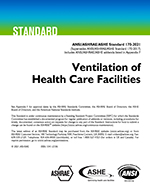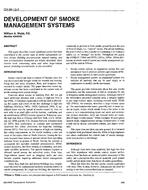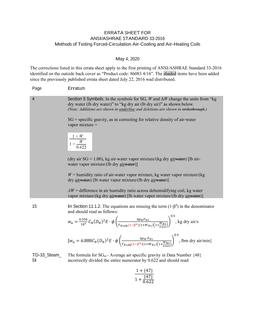In order to determine the effect of cyclical temperature fluctuations on thermal comfort, 804 subjects were exposed to various basal temperatures (64, 67, 73, 79 and 85° FET*) which fluctuated at different amplitudes, A, (2, 4, 6, 8 and 10°F) at rates of 2, 4, 6, and 8°F/hr. From their responses, equations were developed which enabled the prediction of the thermal sensation votes at the high and low points of the cycle both when the temperatures were increasing and decreasing from the basal condition. The results showed that in order to achieve thermal comfort ‘the basal temperatures should range from 72°F, (A = 2°F; initial rate: +/-2°F/hr) to 82aF, A = 2″F, initial rate: +/-6°F/hr); the conditions most conducive for comfort were 74°F, A = 2°F, rates: 2, 4, 6°F/hr; 76°F, A = 2°F and 4°F, rates: 2, 4 and 6°F/hr; and 78°F, A – 28F and 4°F, rates: 2, 4, and 6°F/hr. The equations were also used to predict the thermal sensations under ramp conditions. For achieving comfort under ascending ramps the basal temperature should range from 70°F to 80°F with the most acceptable being 708F, 72°F, and 74°F at the rate of l°F/hr. For decreasing ramps, the basal temperature should range from 88°F to 72°F with the most acceptable being 84°F, 82°F, 80°F, and 78°F at a rate of -l°F/hr.
The major finding of the study showed that a thermal sensation cannot be associated with a given temperature condition unless we define “how” in terms of time, the subjects arrived at that temperature; by this is meant, a fast temperature rise to a particular temperature results in a thermal sensation that is different from one resulting from a slow rise. Moreover, the same temperature may be related to as many as three sensation votes, depending on the temporal dimension involved in reaching that temperature.
Product Details
- Published:
- 1979
- Number of Pages:
- 188
- File Size:
- 1 file , 4.2 MB
- Product Code(s):
- D-RP-198


